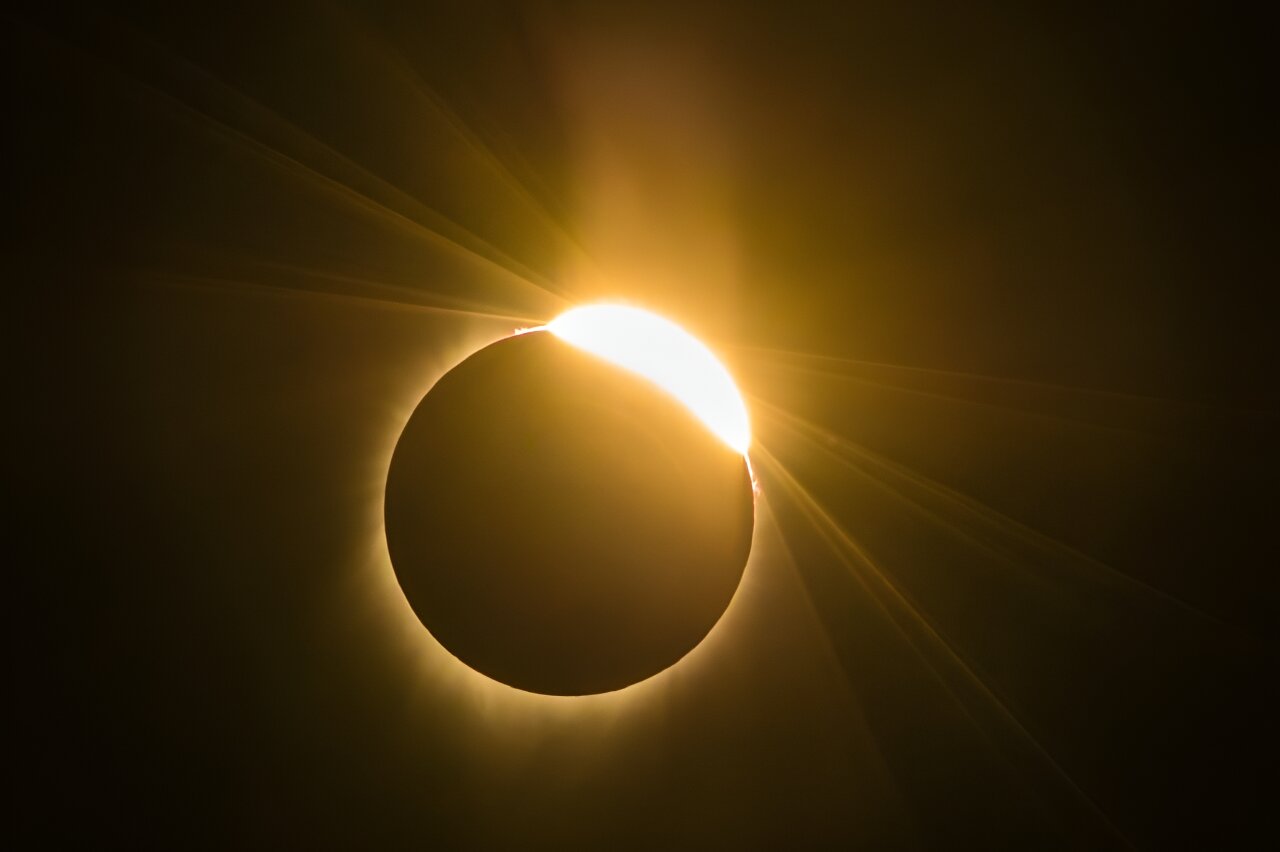Read More:
The Moon’s Far Side Is Inexplicably More Conductive, Korean Lunar Orbiter Reveals
A surprising discovery has been made by the Korean lunar orbiter, shedding light on the enigmatic nature of the Moon’s far side. The orbiter’s findings reveal that this mysterious region is inexplicably more conductive than previously thought.
Unveiling the Enigma
In a groundbreaking study, the Korean lunar orbiter, named KLO-1, has answered one of the long-standing questions about the Moon’s far side. Contrary to previous assumptions, KLO-1 has detected unusually high conductivity in this unexplored region. This unexpected finding has left scientists astounded and eager to understand the underlying cause.
A Puzzling Anomaly
The conductivity of a material refers to its ability to conduct electricity. Surprisingly, the geologic composition of the Moon’s far side does not align with the observed levels of conductivity. This discrepancy poses a perplexing puzzle for researchers seeking to unravel the mysteries of the Moon.
Possible Explanations
Several hypotheses have been put forward to explain the heightened conductivity on the far side of the Moon. One possibility is the presence of elevated concentrations of elements with conductive properties, such as iron or other metals. Another theory speculates the existence of a previously unknown lunar mineral that enhances electrical conductivity. Researchers are now actively analyzing data and conducting further investigations to better understand the mechanisms at play.
Significance of the Discovery
The discovery of increased conductivity on the Moon’s far side has significant implications for our understanding of lunar geology and the Moon’s evolutionary history. It challenges our existing knowledge about the Moon’s composition, prompting scientists to reassess their models and theories. Moreover, this surprising finding opens up new avenues of research and raises fresh questions regarding the Moon’s magnetic field, origin, and geological processes.
Future Space Missions
The startling insights gained from the Korean lunar orbiter’s study will undoubtedly influence future space missions. The need to explore and gather more data from the Moon’s far side has become even more pressing. Upcoming missions, such as NASA’s Artemis program and China’s Chang’e missions, will likely prioritize investigations and experiments targeting this intriguing region. By delving deeper into the Moon’s far side, scientists hope to unlock the secrets behind its inexplicable conductivity and expand our knowledge of Earth’s closest celestial neighbor.
In conclusion, the Korean lunar orbiter’s revelation of heightened conductivity on the Moon’s far side has rocked the scientific community. This surprising discovery has sparked intense interest and spurred further research to unravel the enigmatic nature of this mysterious region. As we strive to unveil the secrets of the Moon, this finding underscores the immense potential for future breakthroughs in lunar exploration and reinforces the profound significance of the Moon’s far side.

Read More:
- Sweeping public safety bill in D.C. aims to increase security, undoing past changes
- Get Ready for Enchanting Adventures in Season 4 with Witch Doctor
- Talk therapy shown to be effective in addressing psychological factors contributing to back pain
- Microsoft eliminates Android app integration on Windows 11
- Seven Years Later: Racing Game Enjoys Explosive Success on Steam Thanks to Epic Sale


















+ There are no comments
Add yours